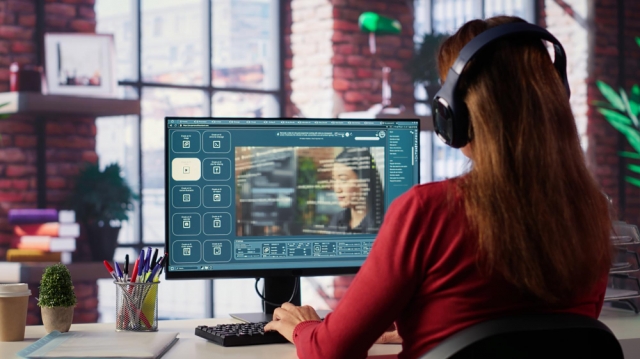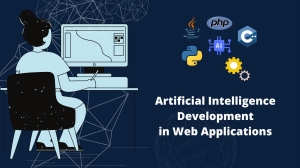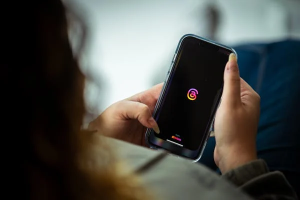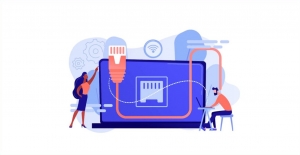In today's globalized world, video content is one of the most effective ways for businesses, educators, and creators to communicate with audiences. However, language barriers often limit the reach and impact of video content. Viewers may struggle to understand videos that are not in their native language, which can reduce engagement and accessibility. Video localization has emerged as a solution, ensuring that content is accessible to a wider audience. With the rise of artificial intelligence (AI), the process of video localization is transforming, becoming faster, more accurate, and more scalable than ever before.
Understanding Video Localization
Video localization goes beyond simple translation. It involves adapting content to resonate with the cultural, linguistic, and contextual nuances of different target audiences. This includes subtitling, dubbing, voiceovers, and even modifying visuals to suit local preferences. Traditional video localization has been a labor-intensive process. It requires translators, voice actors, and editors to manually adapt content for each language, which can be time-consuming and expensive.
The demand for localized video content is growing rapidly as companies aim to reach global markets. According to research, online video traffic accounts for more than 80% of internet traffic worldwide. This growth highlights the necessity of making video content accessible to diverse audiences.
AI-Powered Subtitling and Translation
One of the most significant advancements in video localization is AI-powered subtitling and translation. AI algorithms can automatically generate subtitles for videos in multiple languages by analyzing speech patterns and context. Unlike traditional methods, AI can process large volumes of content quickly, making it ideal for businesses and creators who need to reach international audiences without delays.
Modern AI tools are also capable of recognizing different accents, dialects, and speech nuances. This ensures that translations are more accurate and culturally sensitive. AI-powered translation platforms now offer real-time subtitling for live streams, webinars, and online classes. This capability not only expands accessibility but also enhances audience engagement, as viewers can follow along in their preferred language.
AI-Driven Voiceovers and Dubbing
Another breakthrough in AI video localization is automated voiceovers and dubbing. Previously, dubbing required hiring voice actors for each language, a process that could take weeks. AI can now generate realistic voiceovers in multiple languages using synthetic voices. These AI-generated voices can mimic natural intonations and emotions, making localized videos more authentic and relatable.
Voice cloning technology also allows companies to maintain a consistent brand voice across languages. For example, a corporate spokesperson or a content creator can be represented in multiple languages without needing multiple voice actors. This not only reduces production costs but also speeds up the localization process.
Enhancing Cultural Relevance
AI is not limited to translating words. Advanced AI systems can analyze the cultural context of video content and suggest adaptations to visuals, text, and even humor. This ensures that localized videos feel natural to viewers rather than being a direct translation. Cultural adaptation can include modifying symbols, gestures, colors, and references that may not resonate with a global audience.
This level of cultural awareness is essential for businesses seeking to expand internationally. Content that ignores cultural nuances may fail to connect with viewers or, worse, may inadvertently offend them. AI-driven localization platforms are now capable of providing these insights, allowing content creators to produce culturally relevant videos efficiently.
The Role of AI in Accessibility
AI video localization is also breaking barriers for people with hearing or visual impairments. Automatic captioning and audio description technologies can make videos accessible to a wider audience. AI can generate descriptive audio tracks that narrate visual elements in a video, helping visually impaired viewers understand the content. Similarly, real-time captions enable hearing-impaired audiences to engage with videos without missing critical information.
These accessibility features are increasingly becoming standard expectations from audiences. Companies that leverage AI for video localization not only expand their market reach but also demonstrate social responsibility by making content accessible to everyone.
Challenges and Future Outlook
Despite the rapid advancements, AI video localization is not without challenges. Automated translations may sometimes lack the nuance and creativity of human translators. AI-generated voices may still struggle with highly emotive or humorous content. Therefore, human oversight remains essential to ensure quality and authenticity.
However, the future looks promising. Continuous improvements in AI algorithms, natural language processing, and machine learning are enabling more accurate, expressive, and culturally aware localization. Hybrid approaches that combine AI efficiency with human creativity are likely to become the industry standard.
As AI continues to evolve, video content will become more universally accessible, breaking down language barriers that once limited communication. Businesses, educators, and creators who embrace AI-driven video localization will be better positioned to reach global audiences, increase engagement, and foster meaningful connections across cultures.
Conclusion
AI is revolutionizing the way video content is localized, making it faster, more cost-effective, and accessible to diverse audiences. From automatic subtitling and translation to AI-generated voiceovers and cultural adaptation, AI tools are bridging the gap between languages and cultures. While challenges remain, the combination of AI efficiency and human oversight promises a future where video content truly transcends language barriers. As technology advances, video localization will no longer be a limitation but an opportunity for creators and businesses to connect with the world on a deeper level.






